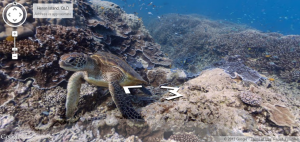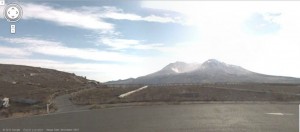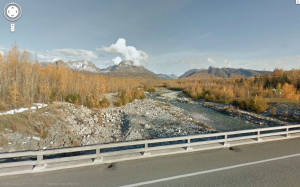@stansberry_dtcv
This photo, taken from Google’s “streetview” team cameras captures a time and place that will never be able to be recreated in the exact same way again. The photo highlights an amazing view of a turtle floating above the coral and reef underwater with millions of little creatures and fish in the background. Obviously the aura created by physically being there at that moment and time when the photo was taken is ultimately the greatest and will surpass any display of the moment such as the picture, but that is the point of photography. Photography often portrays unique or spectacular views of a moment for others or the photographer to relive the aura felt in the presence at every future glance of the photo. Walter Benjamin describes this marvelously as “a distance as close as it can be” and a “strange weave of space and time”. Benjamin goes on to point out that photography loses it’s meaning and value as it loses its aura. Aura can be effected by an infinite number of things, but like beauty, is often in the eye of the beholder. A painting we see may not even catch our eyes, but given the knowledge that the painting was created by a famous artist and was sold for thousands for even millions of dollars undoubtedly changes our perspective on that artworks aura. This also arises the thought of the “fake aura”; since aura is intangible it is often argued. The aura associated with original painting of the Mona Lisa gives it great value and meaning, but a recreation of the same artwork, even if the artwork is nearly identical, holds little to no similar value. This thought is a conflict in the art world, and for those who critisize the value of artwork.






